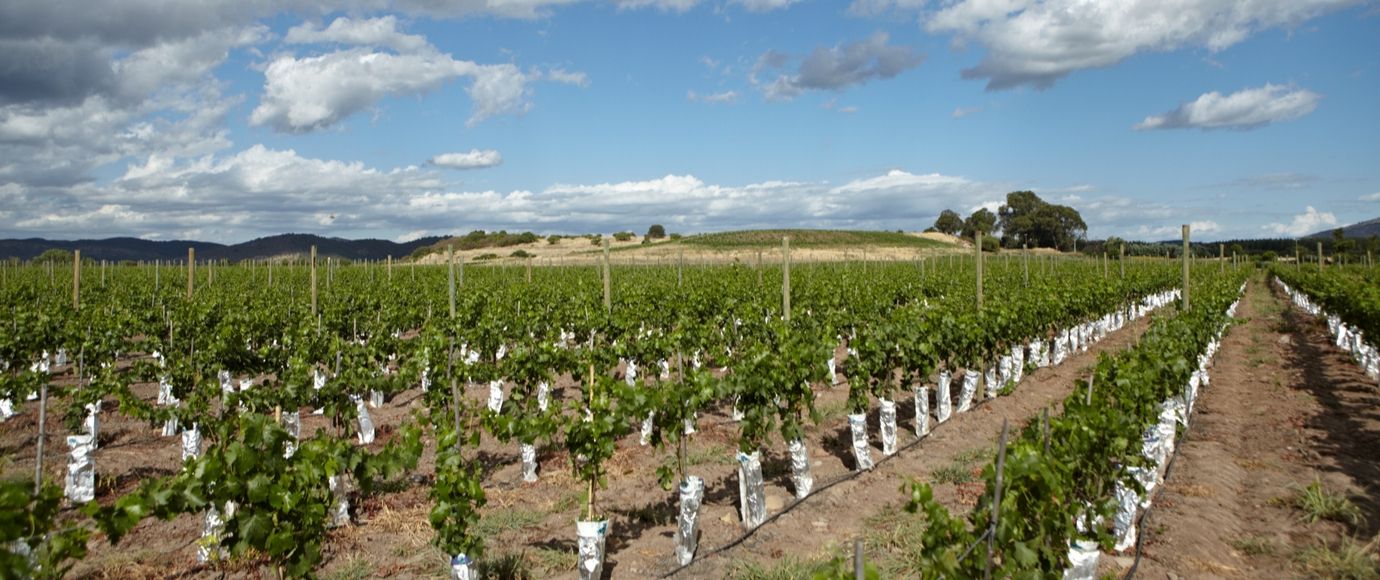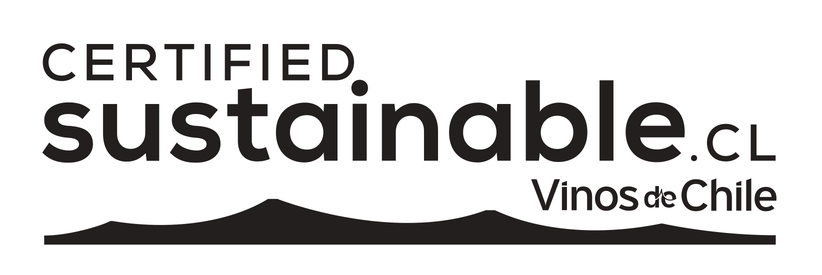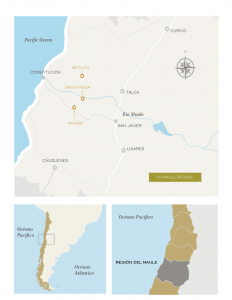El terroir de las viñas de Chile

Como explicamos en un artículo anterior: ¿Qué es el terroir y por qué es tan importante? Terroir es un término en francés que en español quiere decir terruño. Pero aquí te hablaremos más a fondo sobre este elemento tan importante que poseen las viñas de Chile.
Tanto terroir como terruño son palabras provienen del latín terra y es aplicado especialmente en la viticultura. En el artículo mencionado dejamos en claro que se refiere a: “la combinación de factores naturales que son capaces de dar características muy especiales y particulares a un vino. Es esa combinación de características del suelo, topografía, clima, biodiversidad, altitud y técnicas de vinificación que hacen distintivo a un vino”.
Aquí podrás leer
Una vez que se ha recordado a qué se refiere la palabra terroir, debemos aclarar que no existe un consenso entre los productores mundiales que defina el término.
Por lo tanto, terroir puede referirse a un terreno en particular donde se ha producido el vino, un grupo de plantas o vides, e incluso, una agrupación de viñedos y bodegas que cumplan los parámetros necesarios para contar con una Certificación de Denominación de Origen (AOC por sus siglas en francés) o alguna garantía similar.
Una especie de Certificación de Origen es lo que se pretende hacer con Vigno. Una marca chilena que abarca varias viñas de Chile y que intenta incentivar la producción de vino con la cepa Carignan provenientes del Secano Costero del Maule y que para poder calificar como Vigno, deben cumplir ciertas normas de Denominación de Origen.
Pero… ¿Qué tipos de terroir aplican en los vinos chilenos que los hacen tan famosos a nivel mundial?
Te puede interesar: Vigno: 14 viñas, una marca.
Tipos de suelo de las viñas de Chile
Los suelos chilenos han dado buenas cepas de uva desde que fueron traídas al país en la época de la colonia, algunas zonas cuentan con una particularidad especial que las hacen idóneas para ciertos tipos de vino.
¿Qué hace tan especial el terroir chileno?
El terroir chileno es considerado particularmente privilegiado, debido a la posición geográfica del país, el cual se encuentra entre el desierto de Atacama al norte (el más árido del mundo), la fría Patagonia al sur, el océano Pacífico al poniente y abrazada por la cordillera de los Andes al oriente.
Tipos de suelo de las viñas de Chile
Algunos de los suelos más comunes e idóneos para el cultivo de cepas destinadas a la producción de vino en Chile son: aluvial, arcilla, arena, caliza y de marga. Sin embargo, cada región vinícola del país tiene características de constitución de tierra, climáticas y de riego que le brindan particularidades específicas a cada producción.
Secano Interior del Maule
Las tierras localizadas en el Secano Interior brindan una excelente cepa país y otras cepas patrimoniales en parte gracias a sus características: aridez, falta de riego y características climáticas.
Su suelo arcilloso está compuesto en parte por materiales graníticos con condiciones agroclimáticas y topográficos que la hacen ideal para este tipo de cepas.
Puedes leer: 6 cosas que debes saber sobre el vino orgánico.
Valle del Maipo
Está dentro de la región vitícola del Valle Central y abarca las zonas administrativas de la Zona Metropolitana. Este es uno de los pocos lugares del mundo que cuentan con clima mediterráneo templado, el cual beneficia a sus viñedos, con inviernos fríos y húmedos, y veranos calurosos y secos.
Los suelos del Valle del Maipo cuentan con buen drenaje y poca fertilidad. Las viñas localizadas en las partes altas del valle, cercanas a la cordillera, cuentan con suelos que tienen en su composición, entre otras cosas, sedimentos fluviales, cenizas volcánicas y arcillas.
En las partes más bajas sus suelos son más irrigados y pedregosos. En esta zona son comunes las producciones de Cabernet Sauvignon, Carmenère y otros cepas no tradicionales como el Syrah, obteniendo buenos resultados.
Otras zonas vinícolas
Existen muchas otras zonas con características peculiares que hacen de cada producción de vino única. A lo largo y ancho de todo Chile, desde las regiones del norte, hasta las regiones del sur, se pueden encontrar zonas especiales con condiciones agroclimáticas y suelos particulares para producciones de todo tipo de vino.
Algunas de las Sub regiones destacadas en Chile para la producción de vino son: Valle de Copiapó, Valle del Huasco, Valle del Elqui, Limarí, Valle del Limarí, Valle del Choapa, Aconcagua, Valle del Aconcagua, Casablanca, Valle de Casablanca, Valle de San Antonio, Valle del Maipo, Valle del Rapel, Valle de Curicó, Maule, Valle del Maule, Itata, Valle del Itata, Bío-Bío, Valle del Bío-Bío, Valle del Mallepo, Colchagua, Valle de Colchagua.




